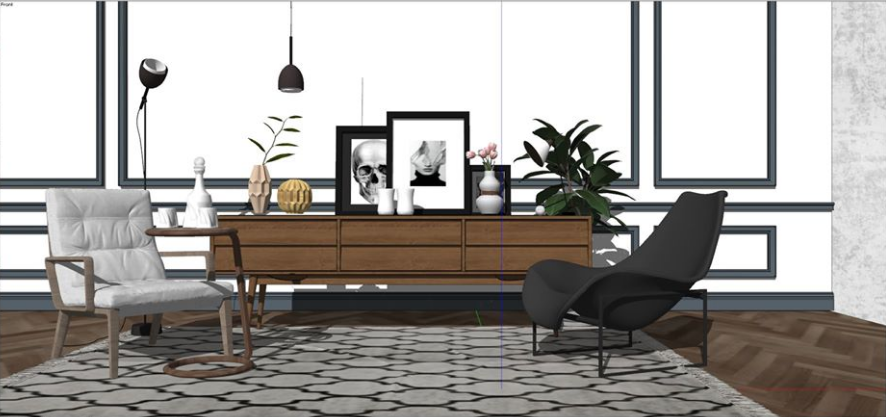Important Tips For 3d Virtual Room Designers

Designing 3D virtual rooms is an exciting and evolving field that blends technology, creativity, and functionality. Here’s an overview of this topic and researchable directions you might consider:
Overview of 3D Virtual Room Design:
3D virtual room design involves creating digital representations of interior spaces. These models are widely used in fields such as interior design, architecture, gaming, virtual reality (VR), augmented reality (AR), and online retail. The goal is to simulate real-world spaces or create entirely fictional ones with high levels of interactivity and realism.
Key Technologies:
- 3D Modeling Software: Tools like Blender, Autodesk Maya, SketchUp, or 3ds Max.
- Game Engines: Unity and Unreal Engine for interactive experiences.
- Virtual Reality (VR) & Augmented Reality (AR): Platforms for immersive room walkthroughs.
- AI and Machine Learning: For procedural generation and personalization.
- Rendering Engines: For photorealistic outputs (e.g., V-Ray, Lumion).
Potential Research And Learning :
Personalized Room Design through Technology
- How can machine learning algorithms predict and implement user preferences in room design?
- Case studies on adaptive design technologies in virtual environments.
Sustainability in Virtual Spaces:
- Investigating the role of virtual room design in promoting eco-friendly architectural planning.
- Energy consumption of rendering processes and strategies for efficiency.
Gamification in Virtual Interior Design:
- How can gamification principles enhance user engagement in virtual room design platforms?
- Comparing virtual room design tools integrated with gaming environments (e.g., Roblox, Minecraft).
Accessibility and Inclusivity in 3D Virtual Spaces:
- Designing for diverse needs: How can virtual spaces accommodate users with disabilities?
- Exploring the impact of accessible virtual room design on education and therapy.
Cross-Platform Integration:
- Challenges and strategies in creating virtual spaces compatible across multiple platforms (mobile, desktop, VR).
- Case studies of successful integrations.
Psychological Impact of Virtual Environments:
- Effects of color, lighting, and spatial design in virtual rooms on mood and behavior.
- Virtual room design as a tool for mental health therapy.
Cultural Representation in Virtual Design:
- Incorporating diverse cultural aesthetics in virtual room templates.
- Ethical considerations in recreating culturally significant spaces.
Education and Training Applications:
- Use of 3D virtual rooms in teaching architecture, interior design, or emergency response training.
- Evaluation of immersive learning effectiveness compared to traditional methods.
AR and VR Innovations in Home Retail:
- Enhancing the home-buying experience with virtual staging.
- AR applications for trying furniture in virtual rooms before purchase.
Procedural and Generative Design:
- Exploration of algorithms for automatic room generation.
- Balancing randomness and user control in procedural designs.
Suggested Methodologies for Learning :
- Comparative analysis of 3D design tools.
- User experience (UX) testing in virtual environments.
- Surveys or interviews with professional designers.
- Experiments with VR/AR user interfaces.
- Simulation studies on environmental impacts.
